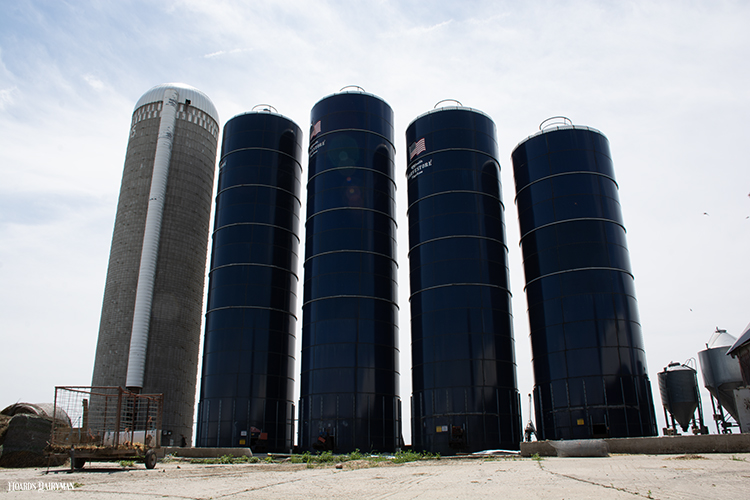
It’s not very frequently that I can reference and expand upon what I’ve learned during my days as a Ph.D. candidate. However, that’s what we’re going to do this week.
Over the past couple of years, I’ve had the pleasure to serve on Maxwell Chibuogwu’s Ph.D. committee under Damon Smith’s plant pathology laboratory at the University of Wisconsin. This has been a great experience, as I continue to recognize that those of us in the dairy industry stand to learn a great deal from those who work outside of our discipline.
During Maxwell’s recent oral Ph.D. defense session, he showcased that vomitoxin concentration was increasing in corn silage fermented in mini silos. I had seen these data and results previously. In the past, however, we had hypothesized that the elevated vomitoxin levels were associated simply with an increase in identification following a slight chemical change that previously masked isomers of this mycotoxin.
While it may be a complex concept, let’s correlate our previous view on vomitoxin to a human disease. Using our human disease analogy, the baseline data would indicate an uptick in the human disease. That higher incidence rate for the human disease is tied to better detection and not an actual increase in underlying disease prevalence.
A completely new view on the topic
Maxwell’s new data refuted the masked mycotoxin hypothesis. Instead, the new data suggested that the vomitoxin contamination is on the rise and it’s not a detection issue. This is big news in the mycotoxin and feed hygiene world.
While Maxwell’s work was the first research I could recall regarding mycotoxin contamination actually climbing during ensiling, he cited another recent study finding similar results. In 2020, German researchers (Jensen et al., 2020) found a similar outcome and stated that ensiling will not effectively reduce mycotoxins. As I briefly read the paper and interpreted their findings along with Maxwell’s, I’d state my view more bluntly — if anything, mycotoxin contamination can increase during ensiling.
These research findings are sparking new questions, such as why are fungi producing more vomitoxin during ensiling? And can we somehow prevent this mycotoxin contamination increase with a forage preservative or mycotoxin-reducing technology? Future research will shed new light on this biological process and the financial impact will be sizable.
The game plan in the field
Let’s walk these observations back in time to the growing season. These new research findings give us added incentive to grow and harvest healthy crops. Damon’s lab has already shown that under disease pressure, certain fungicides are helpful in mitigating mycotoxin production. There are tools available to our industry to help plant health under stress, just like there are many different medical technologies available to help during illness.
In your crops’ case, the agronomist is your point guard. As this 2023 growing season plays out, jump in the truck with your agronomist and walk the fields. Spend time talking about what they’re seeing and monitor for ear and stalk rot. Dairy margins are tough, but there’s no room to give up health and production efficiency to feed-born contamination that could have been prevented in the field.
Reference:
● Jensen et al., 2020. Effect of ensiling duration on the fate of deoxynivalenol, zearalenone, and their derivatives in maize silage.








